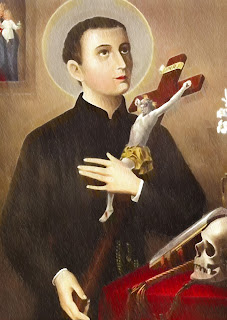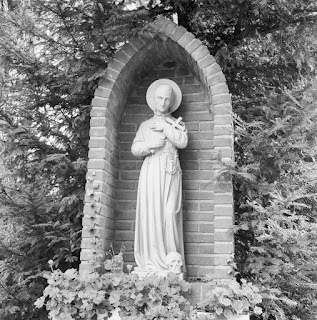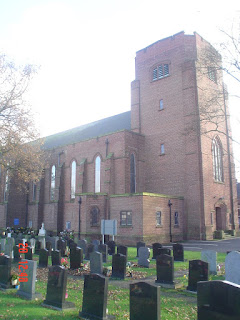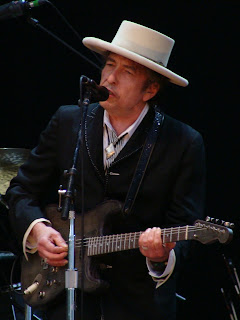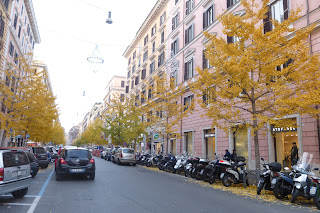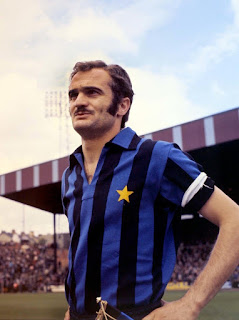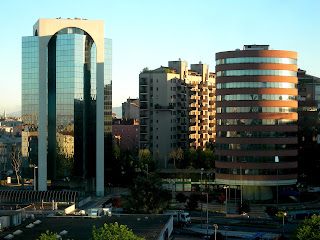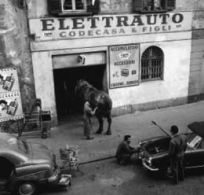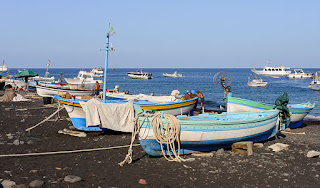Venetian was best double bass player in Europe
 |
| Domenico Dragonetti: a lithograph from the New York City Public Library collection |
Apart from the fame his talent brought him, Dragonetti is remembered as the musician who opened the eyes of Ludwig van Beethoven and other composers to the potential of the double bass.
They met in Vienna in 1799 and experts believe it was Dragonetti’s influence that led Beethoven to include passages for double bass in his Fifth Symphony.
From 1794 onwards until his death in 1846 at the age of 83, Dragonetti lived in London but it was in Venice that he established his reputation.
The son of a barber who was also a musician, Domenico Carlo Maria Dragonetti taught himself to play the guitar and the double bass as a child using his father’s instruments. It was not long before word of his precocious ability spread and he was sent to the Ducal Palace of San Marco for tuition from Michele Berini, who was widely respected as the best double bass player in Venice.
Berini declared after only 11 lessons that there was nothing more he could teach the young Dragonetti, who at the age of just 13 was appointed principal player in opera buffa, the comic opera genre that was becoming popular in Venice, possibly at Teatro San Moisé, Teatro San Cassiano or Teatro San Samuele. A year later, he was made principal double bass player in the mainstream, serious opera at Teatro San Benedetto.
 |
| Dragonetti with his three- stringed da Salò double bass |
An example of Dragonett's ability to exploit the potential of the instrument came when he was staying at the Monastery of St Giustina in Padua, where he produced a sound that woke the monks in the middle of the night, thinking it was thunder.
In 1794, the Chapel of San Marco agreed that he could accept an invitation to play at the King’s Theatre in London and gave him paid leave for a year. In the event, he settled in England and never returned for more than brief visits.
He made his debut at the King’s Theatre in December 1794 and within only a few months had become famous. He was able to provide for his extended family in Venice with his earnings, but also invested in art and purchased musical instruments previously owned by Stradivari, Maggini, and Montagnana, which he would later bequeath to members of the orchestra.
He became a prominent figure in the musical events of the English capital, performing at the concerts of the Philharmonic Society of London. Prominent figures in London society, such as the Prince Consort and the Duke of Leinster, would invite him to play in private concerts. He and his close friend, the cellist Robert Lindley, found themselves in demand across Europe and embarked on many tours.
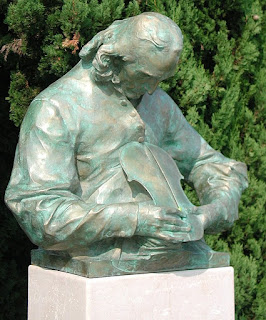 |
| A bust of Gasparo da Salò, in Salò on the shores of Lake Garda |
Dragonetti was unusually tall for an Italian of his era and blessed with formidable strength and stamina, which was one factor that helped him get so much out of the instrument, playing parts that many double bass players would have thought impossible.
His favoured instrument was a massive, three-stringed bass made by the renowned luthier Gasparo da Salò, which he kept all of his life, turning down a number of offers, including one of 20,000 lire. There are different stories as to how he acquired the instrument. One says he was given it by the Benedictine nuns of St Peter's monastery in Vicenza, where Dragonetti lived while he was paying in the Grand Opera. Another says it was bought from the monks of St Peter's by the Chapel of San Marco and given to Dragonetti as an enticement to stay.
The bow with which he played, which evolved during his career to suit his physical size and style of playing, became known as the Dragonetti bow.
He died at his lodgings in Leicester Square in central London in April 1846. He was buried initially in the vaults of the Roman Catholic Chapel of St Mary, Moorfields. In 1889 his remains were moved to the Roman Catholic cemetery at Wembley.
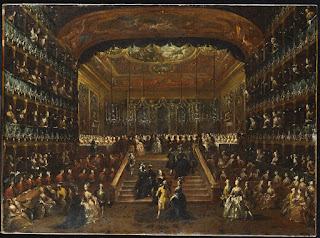 |
| The Teatro San Benedetto in its heydey |
None of the Venice theatres – the San Moisé, the San Cassiano or the San Samuele – in which Dragonetti might have played in opera buffa exists today. The San Benedetto closed in the early 20th century and was remodelled as a cinema. Renamed Teatro Rossini in 1868 in honour of the composer Gioachino Rossini, it reopened as the Cinema Rossini in 1937. Nowadays, the building, in Salizzada de la Chiesa o del Teatro, which is between Teatro la Fenice and the Grand Canal in the San Marco district, holds a multi-screen cinema.
Travel tip:
Dragonetti’s prized da Salò double bass is said to have been stored in a room in Venice for 150 years after his death, where it inevitably fell into disrepair. However, the Venice authorities had the good sense to hire the modern-day luthier Sergio Scaramelli to restore the 400-year-old instrument in 2007 and it is now on display in the museum inside the Basilica di San Marco.
Let TripAdvisor advise on Venice hotels
More reading:
Giovanni Battista Pergoloesi - genius of opera buffa
The beautiful music of Antonio Vivaldi
La Fenice opera house destroyed by fire
Also on this day:
1794: The birth of opera singer Gianni Battista Rubini
Home
